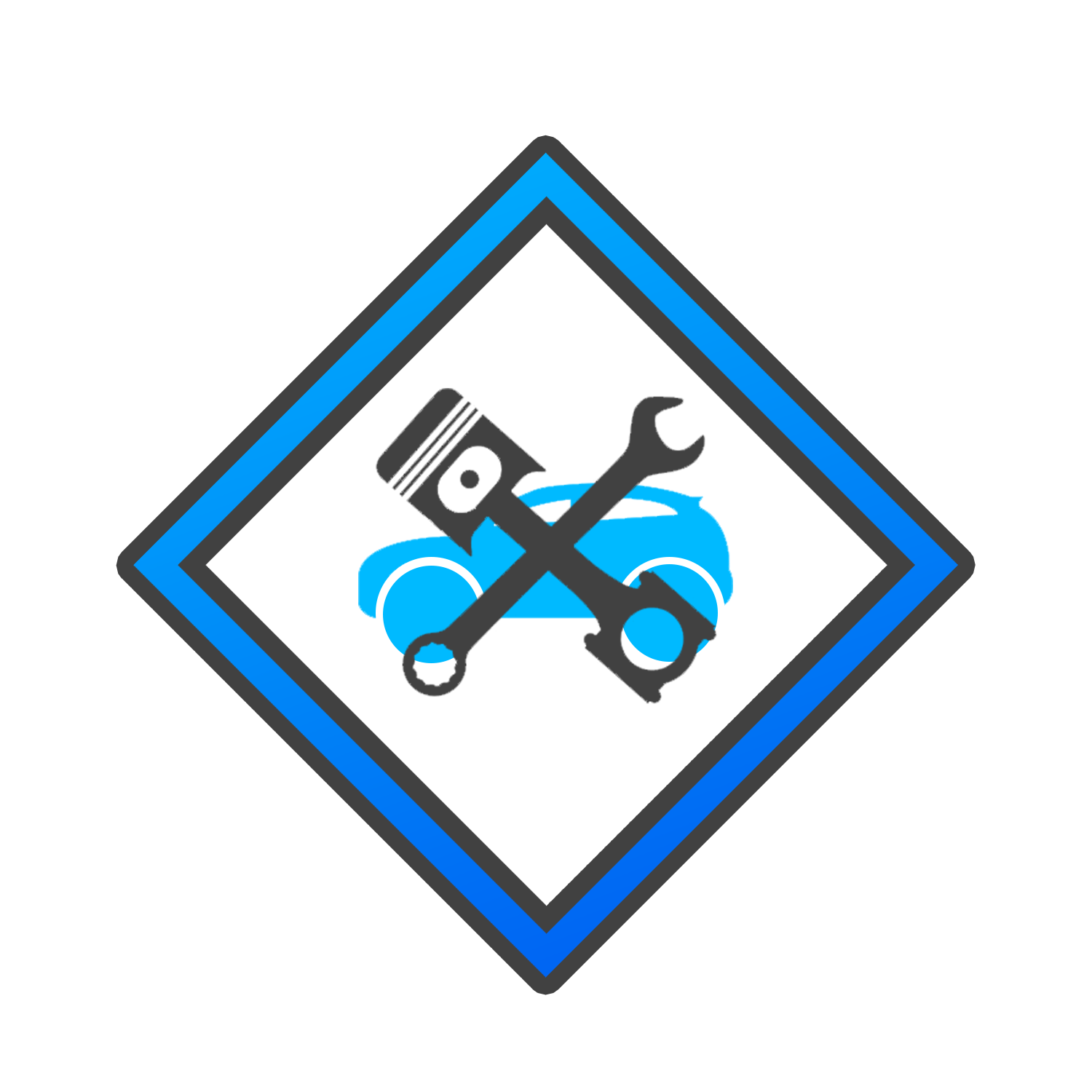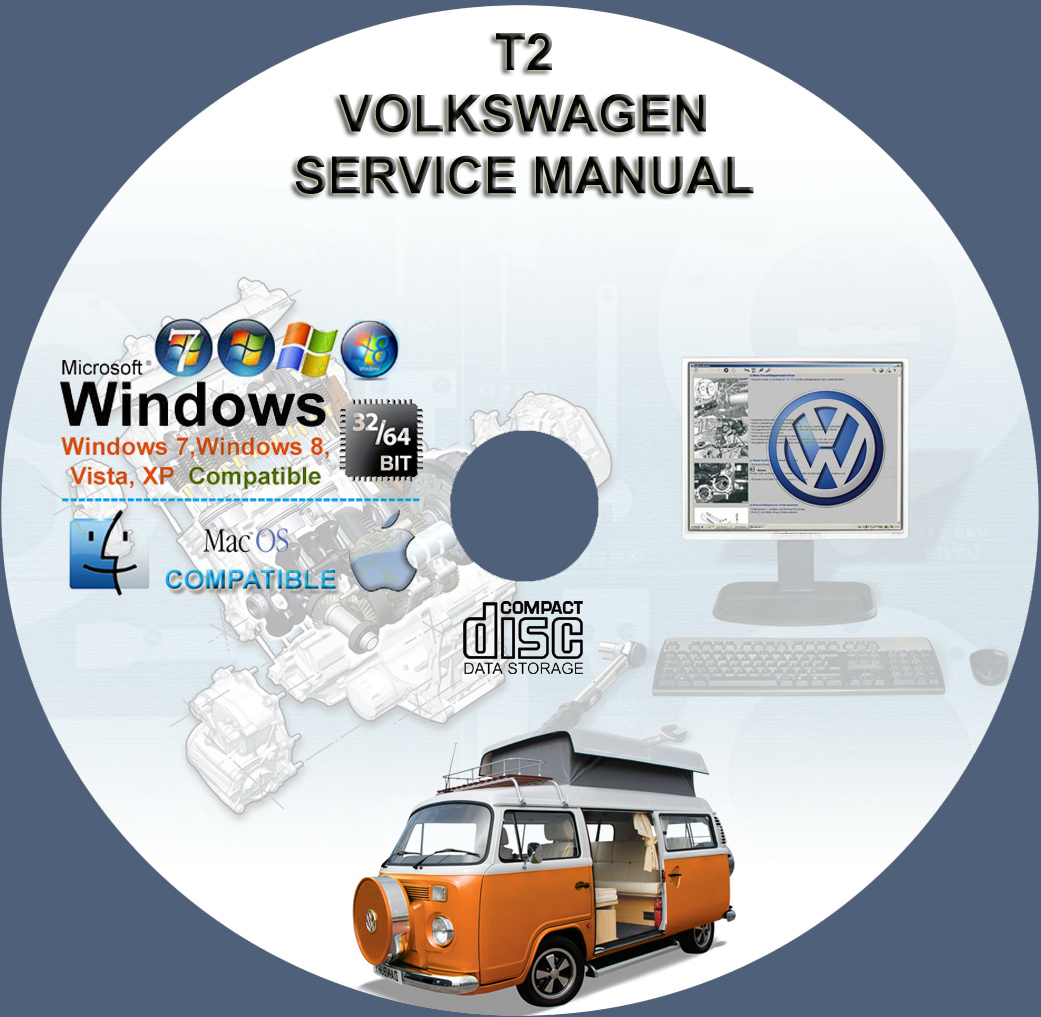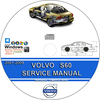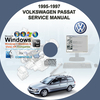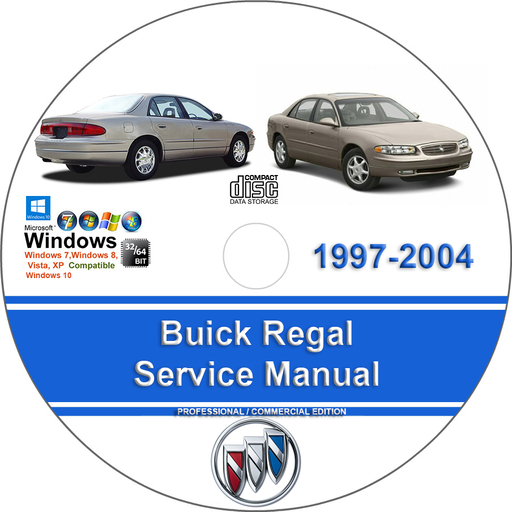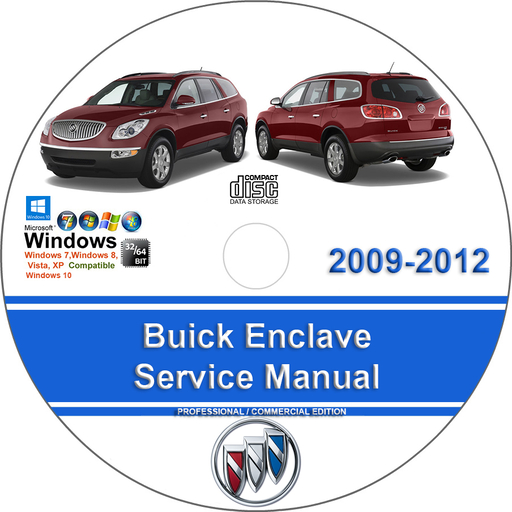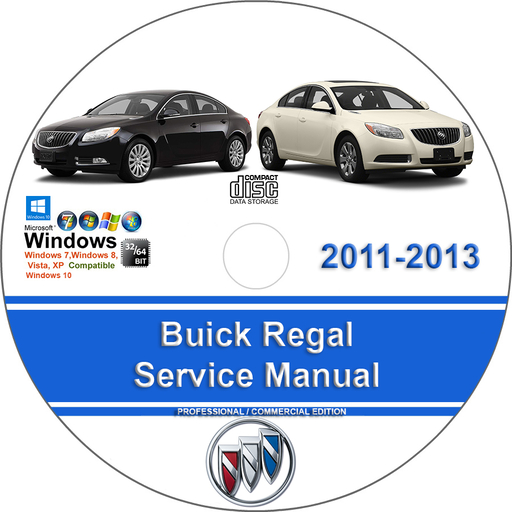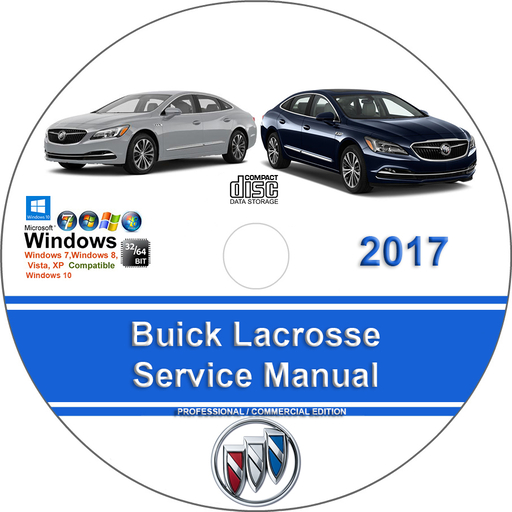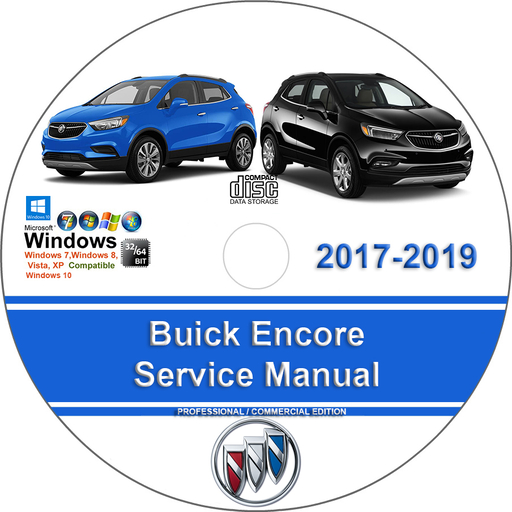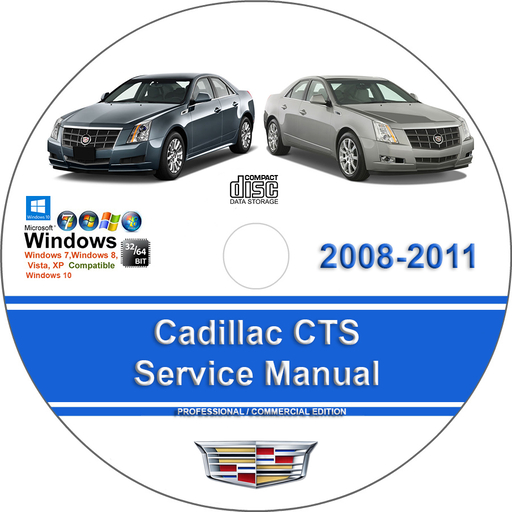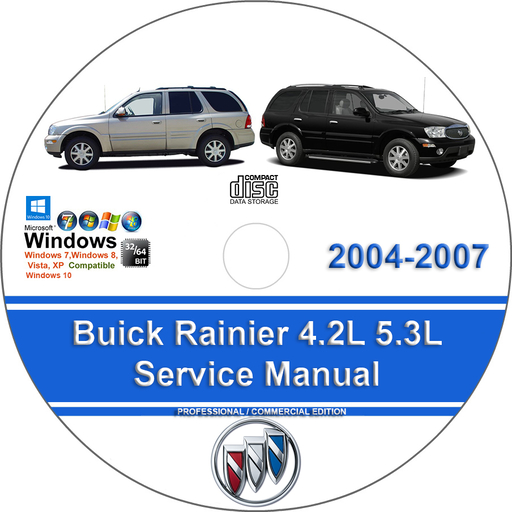VOLKSWAGEN T2 STATION WAGEN BUS 1968 1969 1970 1971 1972 1973 1974 1975 1976 1977 1978 1979 FACTORY SERVICE REPAIR MANUAL + WIRINGS
$39.00 – $48.00Price range: $39.00 through $48.00
VOLKSWAGEN T2 STATION WAGEN BUS 1968 1969 1970 1971 1972 1973 1974 1975 1976 1977 1978 1979 FACTORY SERVICE REPAIR MANUAL + WIRINGS
You can download this or I can ship it to you.
Loaded with Hi Resolution illustrations, instructions, photos, and diagrams, complete to service and repair your VOLKSWAGEN.
492 Pages
VOLKSWAGEN T2 STATION WAGEN BUS 1968 1969 1970 1971 1972 1973 1974 1975 1976 1977 1978 1979 FACTORY SERVICE REPAIR MANUAL + WIRINGS
1968-1979
Loaded with illustrations, instructions, photos, and diagrams, complete to service and repair your vehicle.
492 Pages
VEHICLES COVERED:
VW Kombi Transporter T2 1968-1979 Models
ENGINES COVERED:
VW 1600, 1700, 1800, 2000
MANUALS COVER:
– Body
– Frame
– Axle
– Fuel System
– Electrical
– Wiring Diagrams
– Engine
– Clutch
– Transmission
– Automatic Transmission
– Brakes
– Wheels and Tires
– Lubrication System
– Maintenance
– Fuel Injection
– and much more.
This manual is the same as the manual used by workshops. Service Manual contains detailed instructions and step by step diagrams for all workshop procedures.
Language: English
Format: PDF – Indexed and Searchable
COMPATIBLE WITH ALL WINDOWS & MAC COMPUTERS
(WINDOWS 11, WINDOWS 10, WINDOWS 8 ETC.)
Windows/Mac/Tablet/Phone Friendly
- Engine: The initial 1968 model came with a 1.6-liter air-cooled, flat-four engine producing 47 bhp.
- Suspension: A new suspension system was introduced, which included half-shaft axles with constant velocity joints to improve ride height and handling.
- Brakes: Early models were equipped with four drum brakes, which require frequent maintenance.
- Body: It featured a front-mounted spare tire and a large Volkswagen emblem on the nose.
- Exterior: The front indicators were moved higher up on the body, next to the fresh-air grille, and square-profiled bumpers were introduced.
- Engine: The engine compartment was enlarged to accommodate more powerful engines, ranging from 1.7- to 2.0-liters from the Volkswagen Type 4. This provided more horsepower and torque.
- Safety: A compressible structure was added behind the front bumper to improve crash safety.
- Fuel system: For the 1975 U.S. market, Bosch L-Jetronic electronic fuel injection became standard, and electronic ignition was added in 1978.
-
Microbus
: A passenger-focused van with seating and windows.
-
Panel van
: A cargo version with no rear windows.
-
Westfalia Camper
: A popular factory-built camper conversion featuring a pop-top roof and built-in furniture.
-
Doka
: A three-door pickup with a crew cab.
- Rust: The T2 is susceptible to rust, particularly in the wheel arches, window surrounds, and sills.
- Engine: Worn-out engines are a possibility. Check for blue smoke, oil leaks (especially from between the engine and gearbox), and sluggish performance.
- Wiring: Many buses have had multiple owners and subsequent wiring modifications, leading to potential issues.
- Brakes: The older drum brakes require regular maintenance and are not as effective as modern brakes.
- Speed: T2s are known for being slow, especially the earlier 1.6-liter models. They struggle with hills and highway speeds.
- Ride quality: Some models can have a bouncy ride on highways.
- Visibility: One benefit of the “Bay Window” design is excellent visibility.
- Engine noise: The rear-mounted, air-cooled engine can be loud, making conversation difficult.
- Reliability: The T2 can be reliable with regular care, but worn parts are common in a vehicle of this age.
- eBay: A wide variety of T2 buses and parts are available from individual sellers.
- Bring a Trailer: A popular auction site for classic vehicles, with past and current listings for T2 buses.
- Classic.com: An aggregator that tracks and lists T2s for sale across various marketplaces.
- Local dealers: Some classic or specialty dealerships, like
in Dallas, specialize in sourcing and importing VW buses.
| Medium | USB Flash Drive, DVD, Download |
|---|
